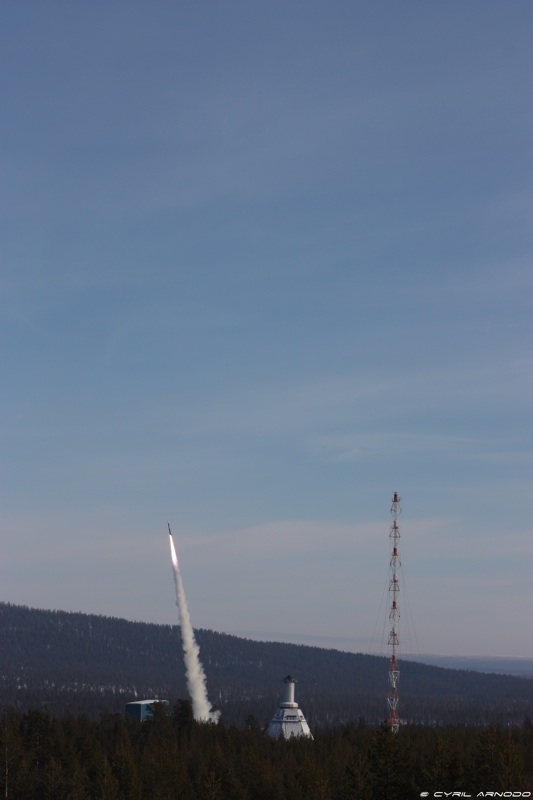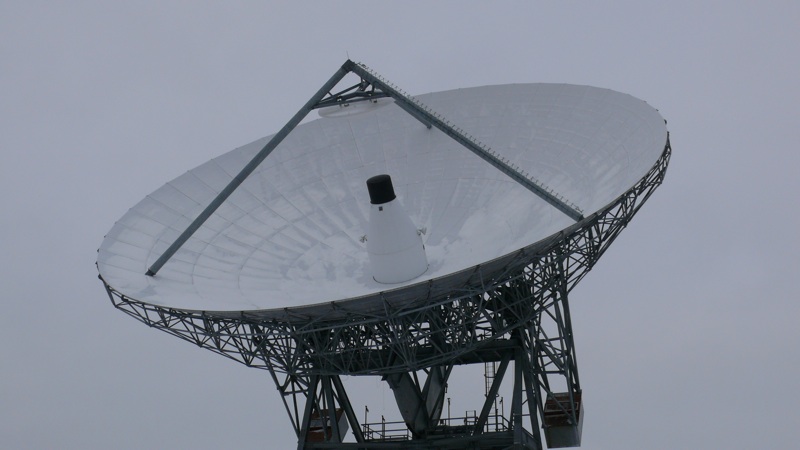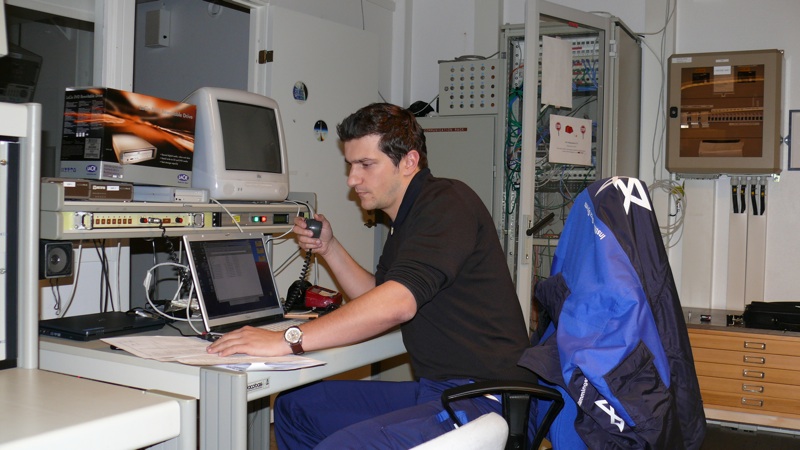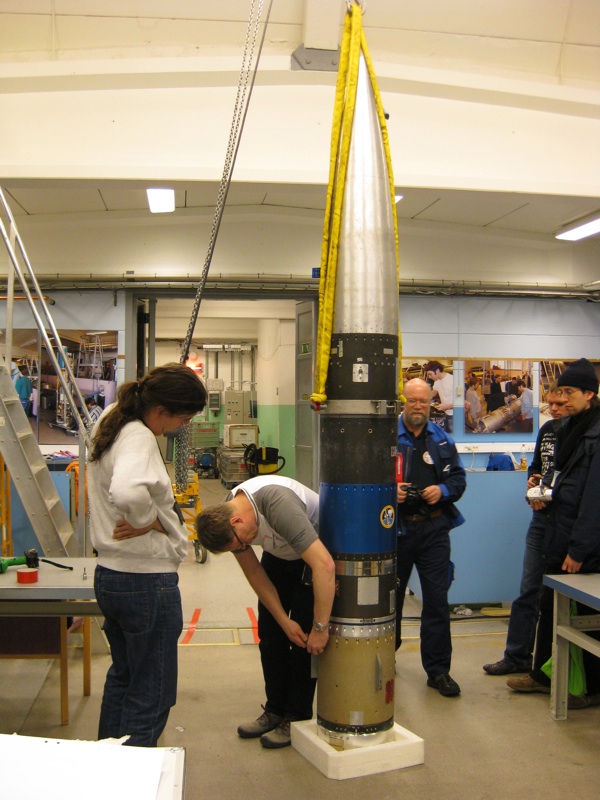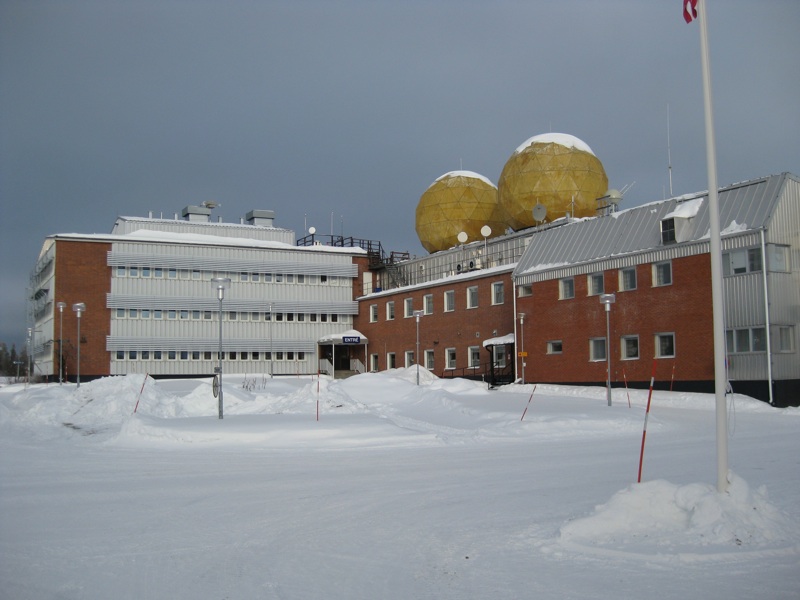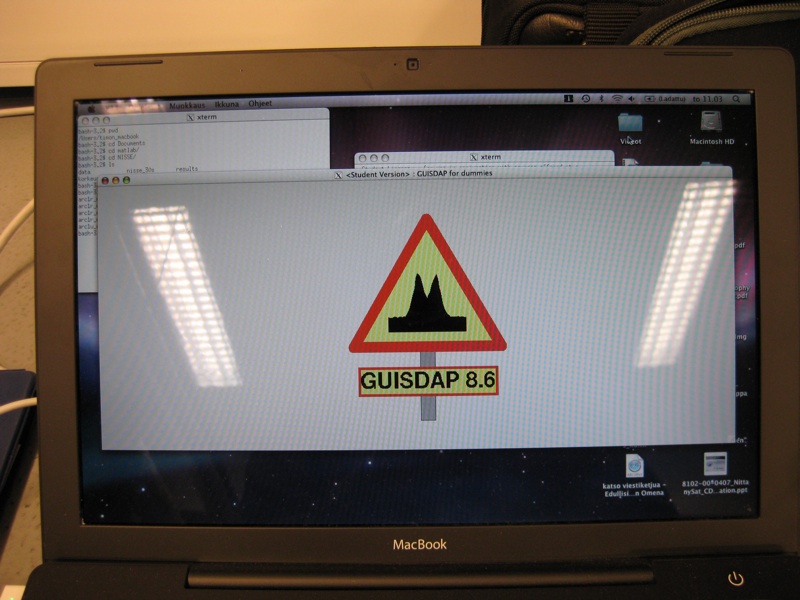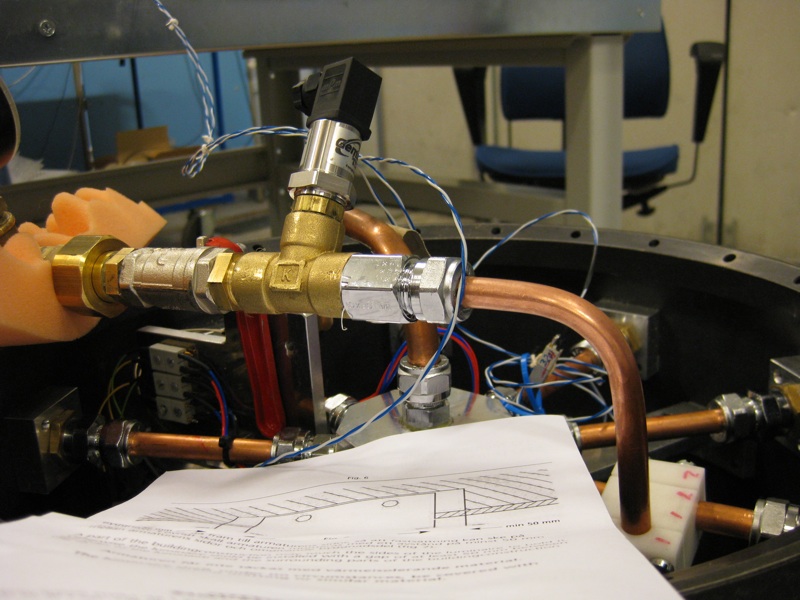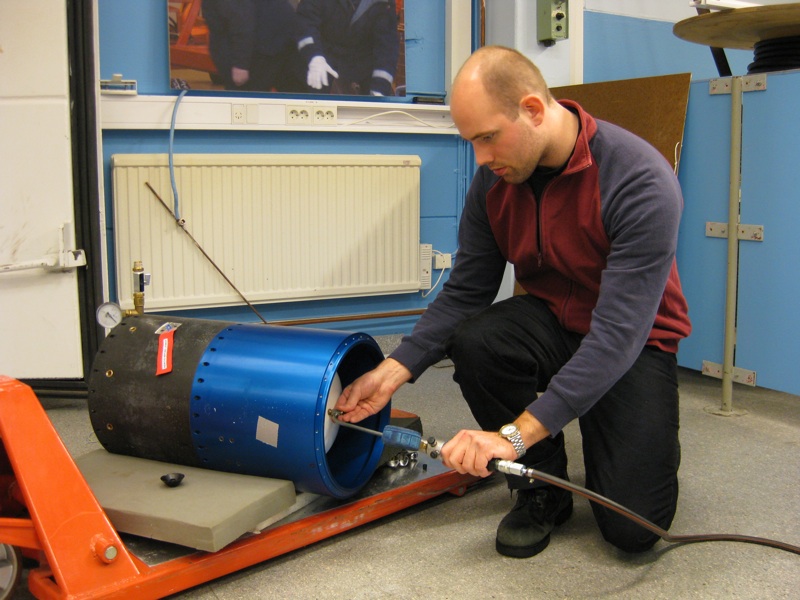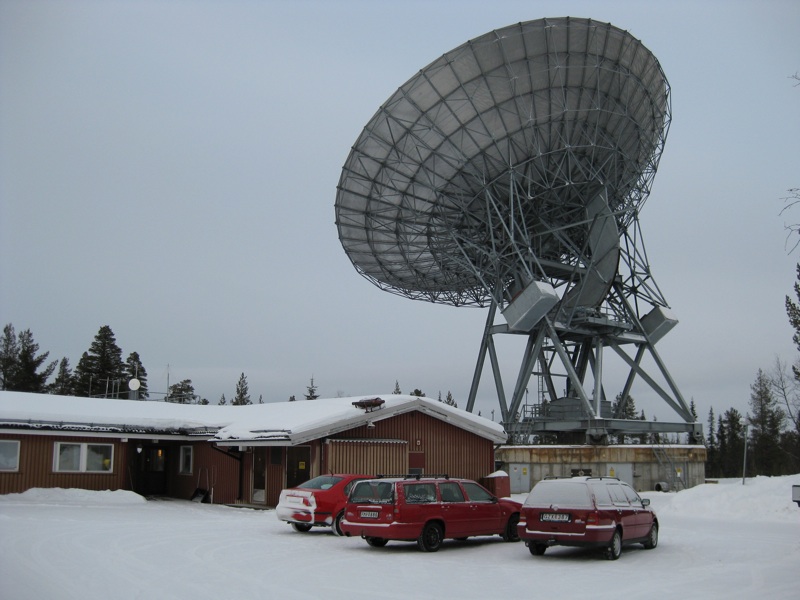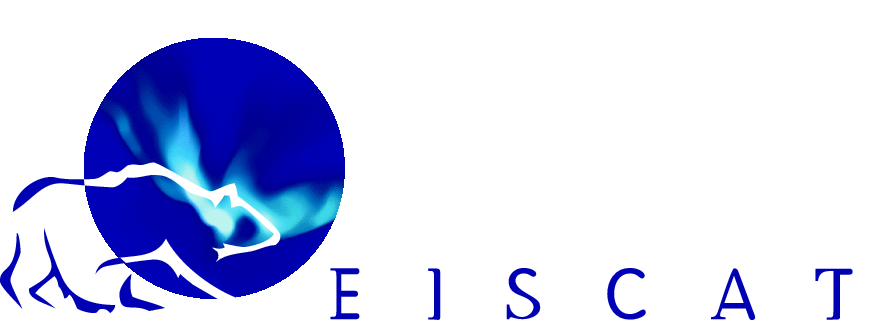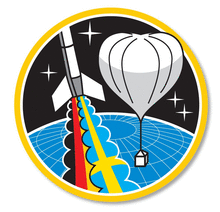
Members
Most important facts
Description
Events and News

Training week 1
Training week 2
Production News

Links
Contact
Publications (updated!)
Contact:
Vidar Hølland
Vidar.Hølland@student.uib.no

Nordic Ionospheric Sounding rocket Seeding Experiment (NISSE)
The Nordic Ionospheric Sounding rocket seeding Experiment (NISSE) will be launched onboard of the REXUS 6 rocket on 10th March 2009 from Esrange, Kiruna.
In the experiment water will be released at about 95 km altitude. The possible impact of the water to the upper atmosphere will be explored by using the powerful EISCAT radar system.
|
Days before |
THIS IS THE FINAL COUNTDOWN BLOG! | |
|
Last day |
12th Mar 2009: Press releases can be downloaded here in English and Finnish language: Press release (Finnish) Press release (English) | |
|
Last day |
11th Mar 2009: In the evening a system engineer course took place and NISSE had a photo shooting as well as an interview for the well-known Finnish Stars- and Space magazine. Due to some problems with the other experiment onboard of REXUS 6, the rocket was once again taken apart and we were allowed to shortly visit the launch area and take the last pictures before tomorrow at 11:06 the rocket will finally leave our Earth for a short trip to space. | |
|
Day 1 hold |
10th Mar 2009: Today we first had a short ESA lecture about the spacecraft testing centre located at ESTEC followed by a discussion on project management. In the afternoon we visited together with our coach Eija Tanskanen the EISCAT UHF radar site. A video of the movement of the impressive huge dish with 32 m diameter will be added later. You can follow the movement of the impressive huge dish with 32 m diameter at VIDEO: EISCAT UHF radar in action. Timo will move three of such dishes, located in Norway, Finland and Sweden simultaneously during the launch to point at the water release of NISSE. The Tromsø, Norway, radar sends the signals towards the water release region and the other two receive the signal after being scattered by the particles in the atmosphere. | |
|
Day 1 |
9th Mar 2009: In the afternoon the last preparations were made for the test countdown. Around 17:30 (takes 2h 45min) the test countdown started. Everything went more or less like planned. Tomorrow there will be no REXUS 6 launch due to the balloon experiment taking place tonight. The next possible hot countdown for REXUS 6 is on Wednesday. | |
|
Day 2 |
8th Mar 2009: In the evening there was an outreach practice held by the ESA communication manager, pumping up everyones heartbeat. | |
|
Day 3 |
7th Mar 2009: Gisela arrived today so the whole gang went to pick her up from the airport. After that we drove to Kiruna for shopping. On the way back to Esrange we visited the Kiruna EISCAT radar and had a quick look at the Ice Hotel in Jukkasjärvi. | |
|
Day 4 |
6th Mar 2009: The potential leakage problem in NISSE which may occur during the launch was solved by deciding to use diapers to absorb the water that could leak during the acceleration. A preliminary decision of the EISCAT radar modulation was made after further data analysis. Currently we think to use manda. Tomorrow the REXUS 6 flight simulation will be made and the rocket assembled. The Mipas-B/Telis balloon launch last night was cancelled due to strong winds above altitude of few hundred meters. The next countdown will be next week. | |
|
Day 5 |
5th Mar 2009: Vidar finished mounting the electronics to the REXUS 6 service module and armed the explosives on NISSE. He had to use antistatic clothes and be grounded during the mounting to prevent electrostatic discharges that could ignite the explosives.(See VIDEO: Water Release Test ) Timo analyzed yesterday's EISCAT measurements. Preliminary analysis showed that manda worked best at the altitude region of interest (90-95 km). In the evening, DLR engineers tested one of the parachute modules and suddenly a small explosion occurred followed by a cloud of smoke streaming out of the module. Hopefully nothing important was destroyed. | |
|
Day 6 |
4th Mar 2009: After this meeting teams continued the experiment preparation in the assembly hall. Vidar and Gard fixed the water leakage in the NISSE's piping system by replacing the defect parts with new ones. Then the water tank was filled up. Timo went to the EISCAT site and carried out the background test measurements. The Tromsø UHF antenna was pointed close to the calculated nominal rocket apogee region where the water is to be released. Three different types of radar modulation were examined. The data still needs to be analyzed. In the evening NISSE was tested according to the time schedule of the REXUS 6 service module. Everything seemed to work well. The explosives still have to be mounted before the experiment is ready for launch. | |
|
Day 7 |
3rd Mar 2009: The water, that had been in the tank since sending it to Oberpfaffenhofen in mid-January, was taken out of NISSE. It was noticed that one part of the piping system is leaking and one piece needs to be replaced. The Esrange staff will arrange the new part tomorrow. The EISCAT UHF radar is working again - what a relief when considering that the test measurements will be already tomorrow. | |
|
Day 8 |
2nd Mar 2009: Before driving to Esrange, Timo visited shortly the EISCAT Kiruna site. There are still problems with the Tromsø UHF receiver system, but the staff is fixing it - hopefully before Wednesday. Today's photo: The EISCAT Kiruna receiver antenna in action |
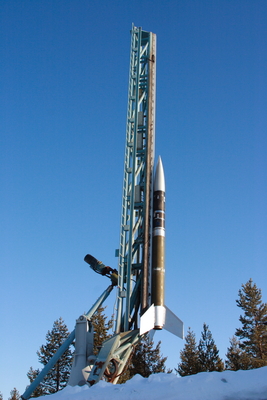 Source: ESA
Source: ESA
